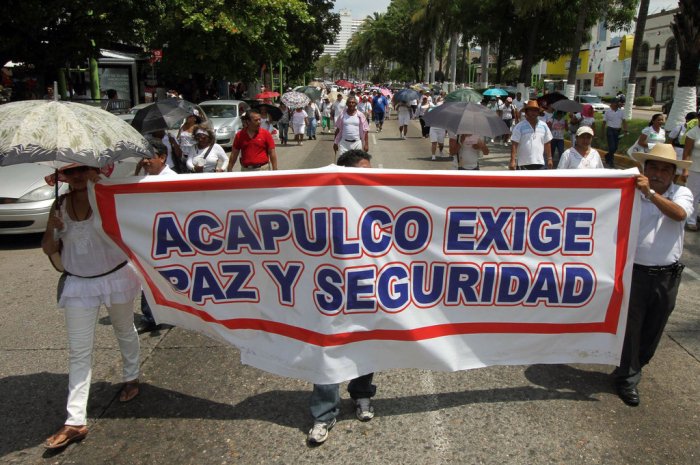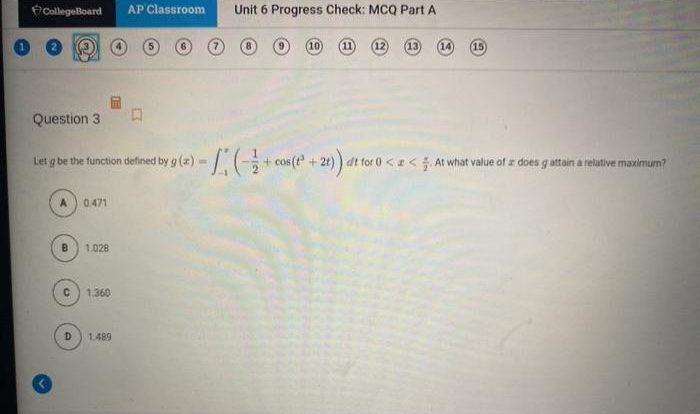In the realm of education, the Chicano movement has ignited a transformative journey to reclaim schools and empower Chicano students. This movement, known as “Chicano Taking Back the Schools,” has been a beacon of hope, challenging systemic barriers and advocating for educational equity.
The concept of “taking back the schools” encompasses more than just physical spaces; it represents a profound shift in power dynamics, cultural identity, and self-determination. By embracing their heritage and demanding culturally relevant education, Chicano activists and educators are paving the way for a more just and equitable future.
Historical Context: Chicano Taking Back The Schools
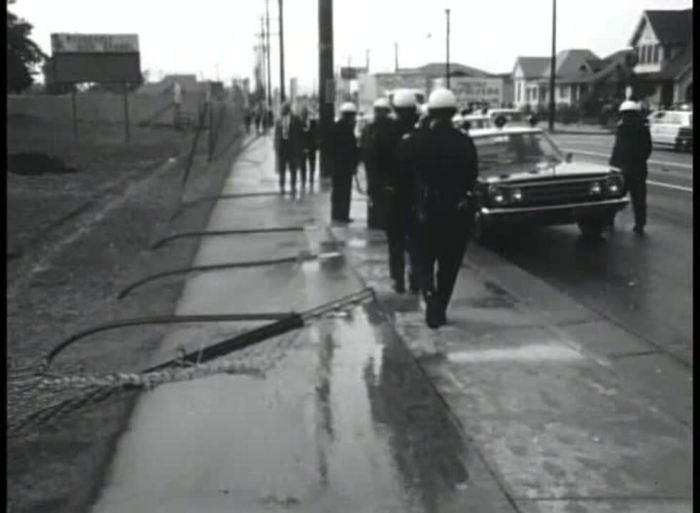
The Chicano movement, a civil rights movement advocating for the rights of Mexican Americans, emerged in the 1960s and 1970s. A central focus of the movement was education, as Chicano activists recognized the profound impact education had on the lives of their communities.
Role of Chicano Activists
Chicano activists played a crucial role in advocating for educational equity. They organized protests, boycotts, and legal challenges to demand equal access to quality education for Chicano students. Their efforts led to the establishment of bilingual education programs, the recruitment of more Chicano teachers, and the creation of Chicano studies programs in universities.
Challenges Faced by Chicano Students
Chicano students faced significant challenges in the education system. They were often segregated into underfunded schools with inadequate resources and teachers who lacked cultural sensitivity. Discrimination and language barriers further hindered their academic progress. The high dropout rates and low college enrollment rates among Chicano students reflected the systemic inequalities they faced.
Key Concepts
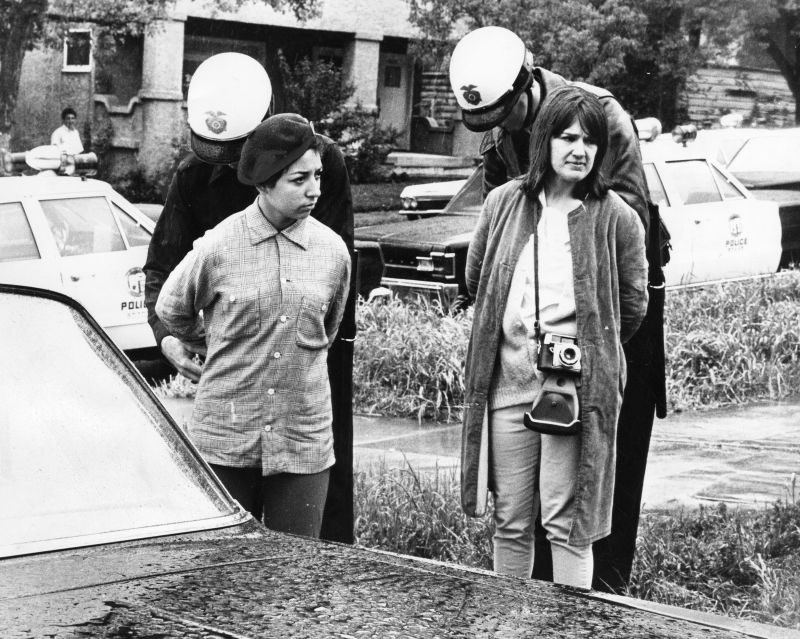
The term “Chicano” emerged in the mid-20th century as a self-identifier for Mexican Americans in the United States. It encompasses a rich historical and cultural heritage, encompassing both Mexican and American influences. Chicanos have a unique perspective and identity shaped by their experiences of discrimination, oppression, and resilience.
Defining “Taking Back the Schools”
The concept of “taking back the schools” emerged as a response to the systemic inequalities and cultural assimilation faced by Chicano students in the U.S. educational system. It is a call for empowerment and self-determination, seeking to create educational environments that are culturally responsive and equitable.
Cultural Identity and Self-Determination in Education
Cultural identity plays a crucial role in education. For Chicano students, embracing their cultural heritage and experiences can foster a sense of belonging, motivation, and academic achievement. Self-determination empowers them to shape their own educational journeys and advocate for their needs, leading to greater educational success and personal growth.
Strategies and Initiatives
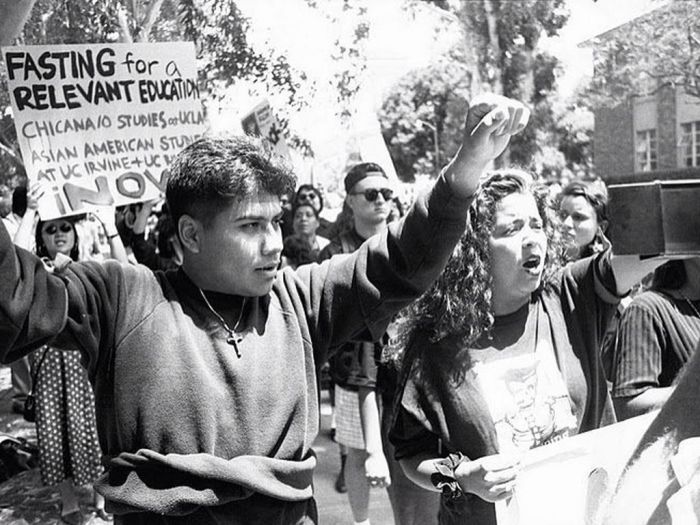
Chicano activists employed a multifaceted approach to improve educational outcomes for their communities. This involved collaborations between community organizations, parents, and students, who played vital roles in “taking back the schools.”
One key strategy was advocating for bilingual education and culturally relevant curricula. These initiatives aimed to address the linguistic and cultural barriers faced by Chicano students, fostering a more inclusive and supportive learning environment.
Community Organizations
Community organizations served as catalysts for educational reform, providing support and resources to Chicano students and their families. They established after-school programs, tutoring services, and workshops to supplement classroom instruction.
- The United Neighborhood Organization (UNO) in Chicago implemented a comprehensive education program that included parent workshops, student tutoring, and advocacy for bilingual education.
- The Mexican American Youth Organization (MAYO) in Los Angeles organized student walkouts and protests to demand improved educational opportunities.
Parent Involvement
Chicano parents played a crucial role in holding schools accountable and advocating for their children’s education. They formed parent advisory committees, attended school board meetings, and organized protests to demand better resources and curriculum changes.
- In Texas, the League of United Latin American Citizens (LULAC) led a successful campaign to increase parent involvement in school decision-making.
- The National Council of La Raza (NCLR) established a parent education program to empower Latino parents to advocate for their children’s education.
Student Activism
Chicano students themselves became active agents of change, organizing protests, walkouts, and boycotts to demand educational improvements. Their actions raised awareness and put pressure on school districts to address their concerns.
- In Denver, Colorado, students from several high schools staged a walkout to protest the lack of bilingual education and culturally relevant curricula.
- In East Los Angeles, California, students organized a boycott of classes to demand the reinstatement of a popular Chicano studies program.
Bilingual Education
Bilingual education programs aimed to provide instruction in both English and Spanish, allowing students to learn in their native language while developing proficiency in English. These programs have been shown to improve academic outcomes for Chicano students, particularly in early grades.
- The Lau v. Nichols Supreme Court case in 1974 required schools to provide bilingual education for students with limited English proficiency.
- California’s Proposition 227 in 1998 eliminated bilingual education in the state, but was later overturned by Proposition 58 in 2016.
Culturally Relevant Curricula
Culturally relevant curricula incorporated Chicano history, culture, and perspectives into the classroom, making learning more meaningful and engaging for students. This approach fostered a sense of identity and pride, while also improving academic performance.
- The Tucson Unified School District in Arizona implemented a Mexican American studies program that included courses on Chicano history, literature, and art.
- The Los Angeles Unified School District developed a Chicano studies curriculum that was later adopted by other school districts across the country.
Challenges and Obstacles
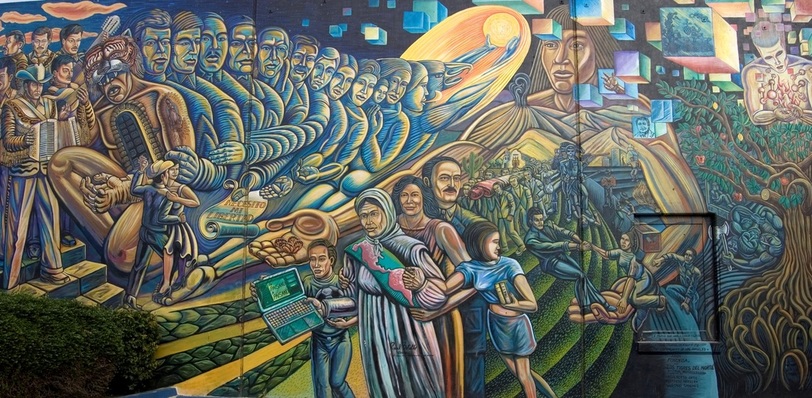
The pursuit of educational equity for Chicano students has been met with numerous challenges and obstacles that hinder their academic progress and overall educational experiences.
Systemic barriers such as poverty, discrimination, and lack of resources create significant disparities in educational opportunities. Poverty can limit access to quality education, as students from low-income families may not have access to the same educational resources and support systems as their more affluent peers.
Discrimination
Discrimination, both overt and covert, can also contribute to the challenges faced by Chicano students. Stereotypes and biases can lead to lower expectations and limited opportunities for these students. For example, they may be placed in lower-level classes or receive less support from teachers who hold negative assumptions about their abilities.
Chicano taking back the schools is an important movement for educational equity. To understand the challenges faced by students from low-income backgrounds, consider the living on one dollar worksheet . This exercise demonstrates the financial struggles many families face, highlighting the need for systemic changes to support students’ academic success.
By understanding these challenges, we can empower Chicano students to achieve their full potential and reclaim their rightful place in the education system.
Lack of Resources
Lack of resources is another significant obstacle. Many schools in predominantly Chicano communities are underfunded and lack adequate facilities, qualified teachers, and support staff. This can result in overcrowded classrooms, limited access to technology, and a lack of extracurricular activities that can enrich students’ learning experiences.
External Factors
External factors such as immigration policies and police brutality can also shape the educational experiences of Chicano students. Immigration policies can create uncertainty and fear, which can disrupt students’ education. Police brutality can lead to trauma and distrust, making it difficult for students to focus on their studies.
Future Directions
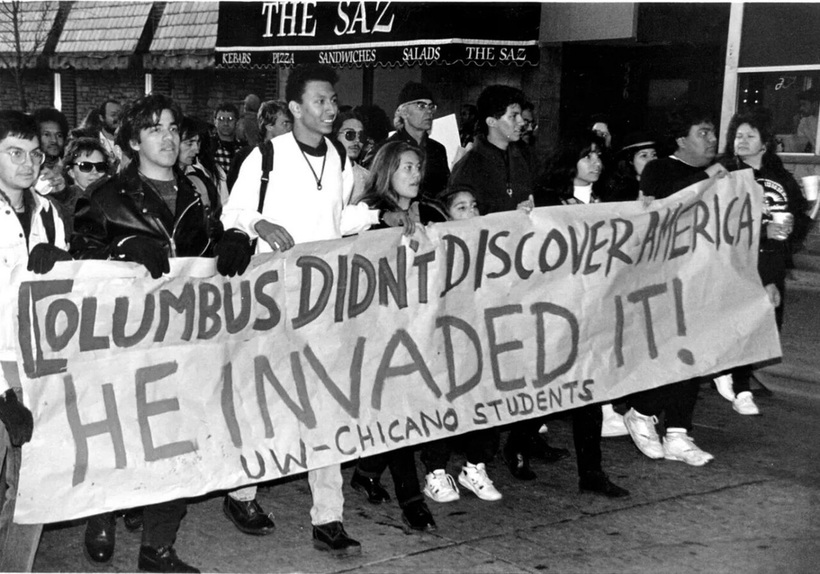
The movement to “take back the schools” continues to gain momentum, with ongoing efforts to empower Chicano students and create equitable educational opportunities. Innovative approaches and best practices in Chicano education are emerging, emphasizing collaboration between schools, communities, and policymakers.
Collaboration and Partnerships, Chicano taking back the schools
Collaboration is crucial for creating equitable educational opportunities. Schools must work closely with communities to understand their needs and develop culturally responsive programs. Policymakers play a vital role in providing funding, resources, and policy changes that support these efforts.
Innovative Approaches
- Dual-language programs:These programs allow students to learn in both English and Spanish, fostering language proficiency and academic achievement.
- Culturally relevant curriculum:Curricula that reflect the experiences and perspectives of Chicano students can increase their engagement and sense of belonging.
- Mentoring and support programs:Mentors and support systems can provide guidance, encouragement, and academic assistance to Chicano students.
Policy Changes
Policy changes can create a more supportive environment for Chicano students. These include:
- Increased funding for schools in underserved communities
- Reform of school discipline policies to reduce suspensions and expulsions
- Increased access to early childhood education
User Queries
What does “Chicano” refer to in this context?
The term “Chicano” is used to refer to Mexican Americans, particularly those who identify with a shared cultural and political heritage.
What are the key challenges faced by Chicano students in the education system?
Chicano students often face systemic barriers such as poverty, discrimination, lack of resources, and cultural biases within the education system.
What is the significance of cultural identity in “taking back the schools”?
Cultural identity plays a crucial role in empowering Chicano students by fostering self-awareness, pride, and a sense of belonging within the education system.
